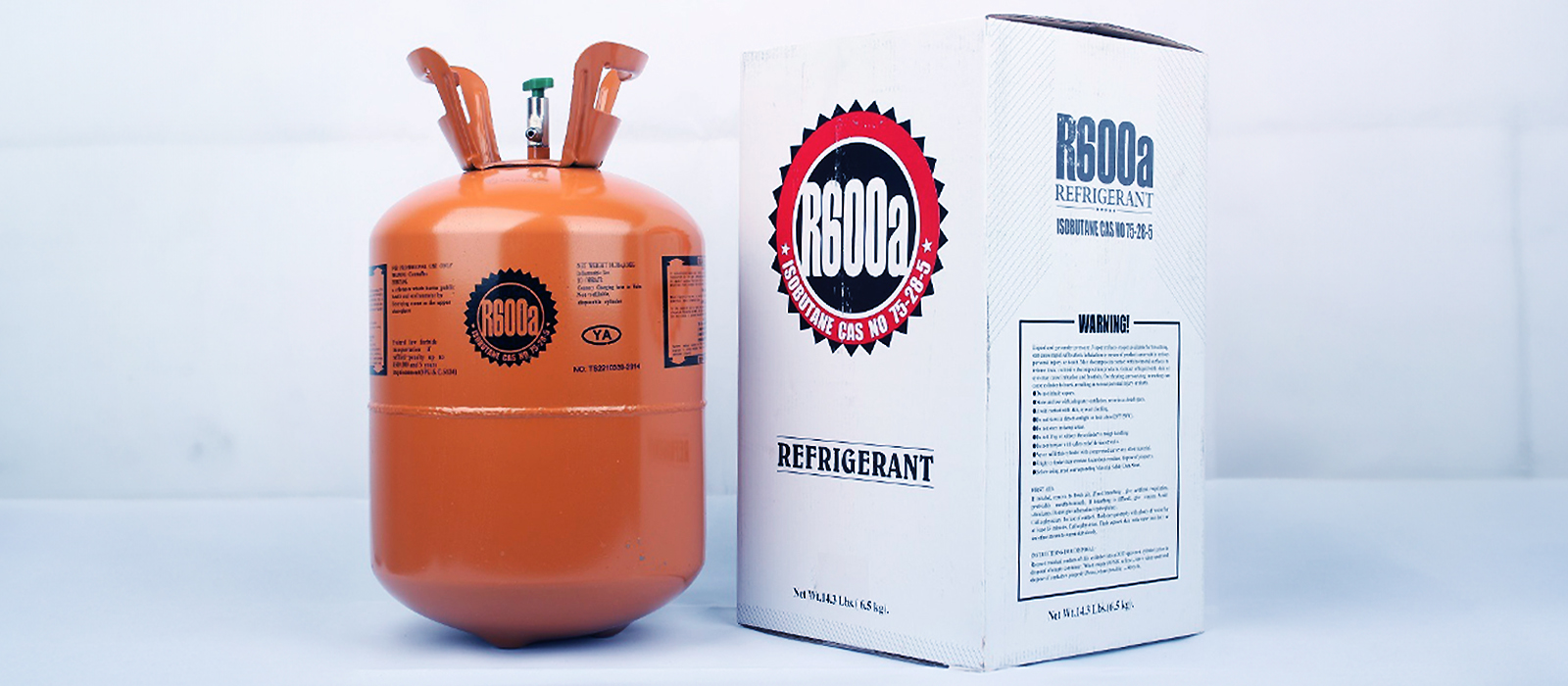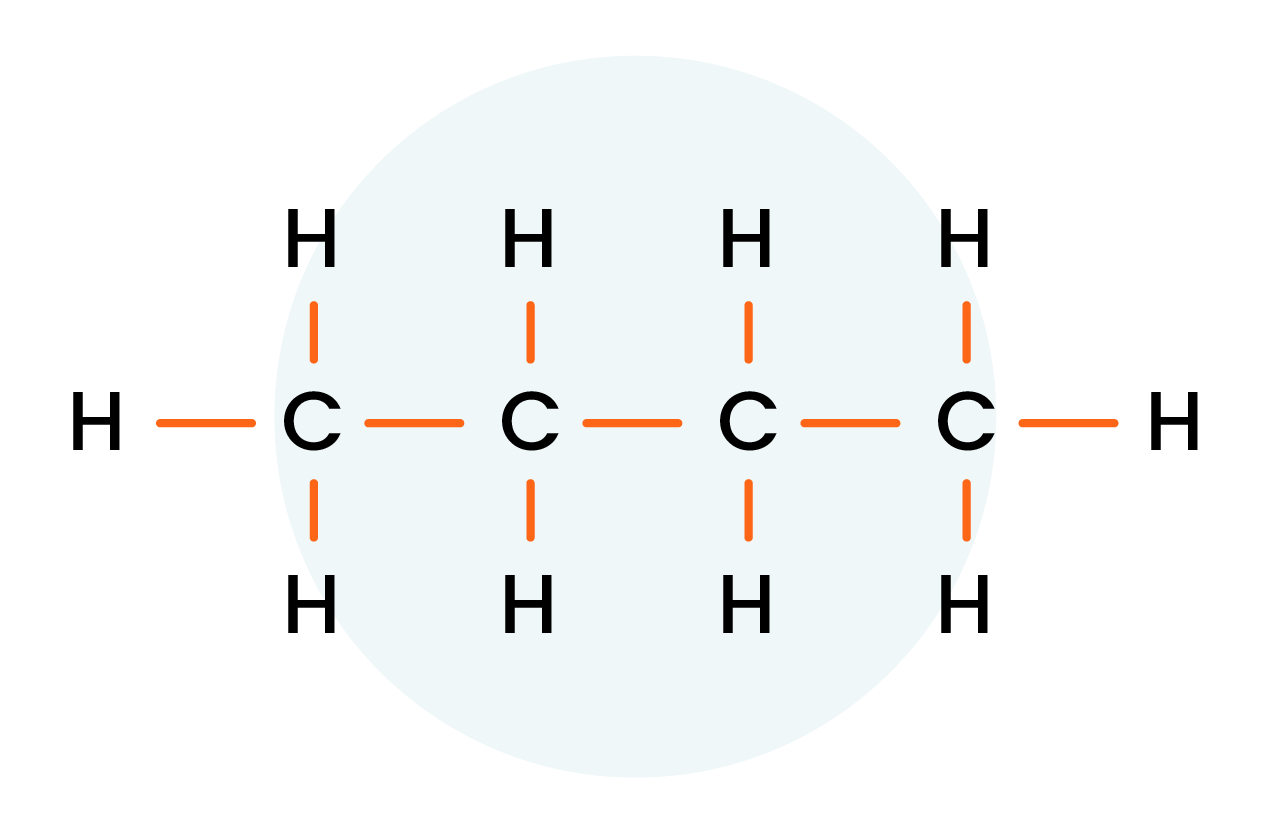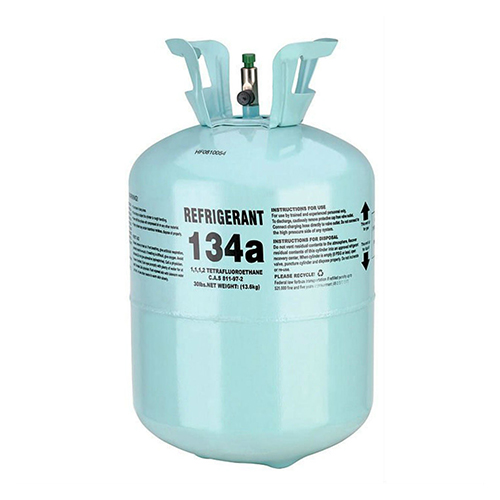However, isobutane is a branched molecule, while normal butane can have either a branched or linear molecular shape. It also has a boiling point of -11℃, much lower than the 1℃ of n-butane.
With these characteristics, isobutane serves various functions, including acting as a diluent in producing high-density polyethylene (HDPE), a feedstock used in alkylation units in petroleum refineries, and a propellant for aerosol spray cans. Beyond these uses, it is utilized as a refrigerant, referred to as R600a, in domestic and commercial laboratory freezers and refrigerators.





